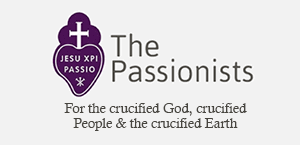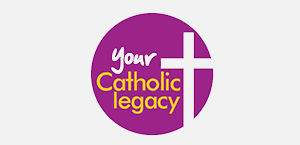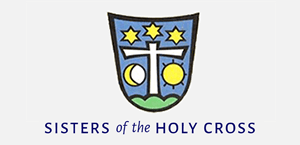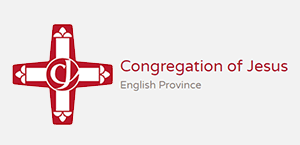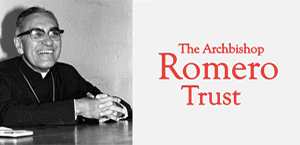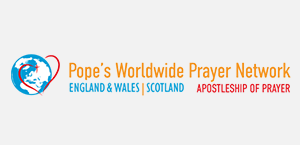Gospel in Art: Birthday of the Blessed Virgin
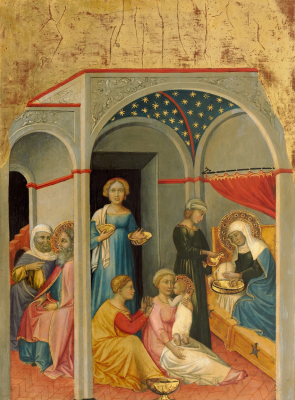
The Nativity of the Virgin, by Andrea di Bartolo, 1400-1405, © National Gallery of Art, Washington
Source: Christian Art
Gospel of 8 September 2023
Matthew 1:18-23
This is how Jesus Christ came to be born. His mother Mary was betrothed to Joseph; but before they came to live together she was found to be with child through the Holy Spirit. Her husband Joseph; being a man of honour and wanting to spare her publicity, decided to divorce her informally. He had made up his mind to do this when the angel of the Lord appeared to him in a dream and said, 'Joseph son of David, do not be afraid to take Mary home as your wife, because she has conceived what is in her by the Holy Spirit. She will give birth to a son and you must name him Jesus, because he is the one who is to save his people from their sins.' Now all this took place to fulfil the words spoken by the Lord through the prophet:
The virgin will conceive and give birth to a son
and they will call him Emmanuel,
a name which means 'God-is-with-us.'
Reflection on the painting
We always try to remember the birthdays of those who are significant for us in life. We also remember the birthdays of those who are significant for our faith life. The most significant person in terms of our Christian life is, of course, Jesus, and we remember his birthday on Christmas day. Next to Jesus, Mary is the most significant person for many Christians, and it is only fitting that the church remembers her birthday.
It is impossible to know when exactly Mary was born, but September 8 has traditionally been the day when the church celebrates Our Lady's birthday. It is generally believed that the date of September 8 was chosen to celebrate the Nativity of Mary because the civil year began in Constantinople on September 1. Scholars believe that this date was chosen since it was symbolic that the 'beginning' of the work of salvation should be commemorated near to the beginning of the new year. The Solemnity of the Immaculate Conception of Mary was later fixed on 8th December, exactly nine months prior.
When we wish someone a happy birthday we are, in a sense, giving thanks for that person's birth and life. Today we give thanks for Mary's birth and life. The gospel reading for today's feast has to do with the birth of Jesus, rather than the birth of Mary, and that is only right and fitting. We celebrate Mary's birth and life because of the birth of Jesus, because she became the mother of the Saviour. Mary always points to her Son! Mary doesn't offer us herself, she offers us her Son, Emmanuel.
Our Italian Renaissance paining by Andrea di Bartolo renders the birth of our Lady in a domestic setting. Behind the parted red curtain of her bed, Mary's mother, Anna, rests after giving birth. Her husband, Joachim, sits outside the bedchamber. He has a calm, serene look. He realises that his newborn is no ordinary child, and he appears lost in thought, unaware of his companion. The infant Mary stands on sturdy legs supported and admired by two serving women, all playfully interacting with each other. Another maid pours water from a pitcher so Anna can wash her hands. A fourth woman enters through the doorway, bringing a roasted chicken to the new mother. She looks out of the picture directly at us, drawing us into the scene. The emphasis on the human and the familiar-that chicken is almost in the centre of the painting-made the Virgin and her family approachable to viewers and brought sacred events into the sphere of their own experience.
LINKS
Gospel in Art: https://christian.art/
Today's reflection: https://christian.art/daily-gospel-reading/matthew-1-18-23-2023/









